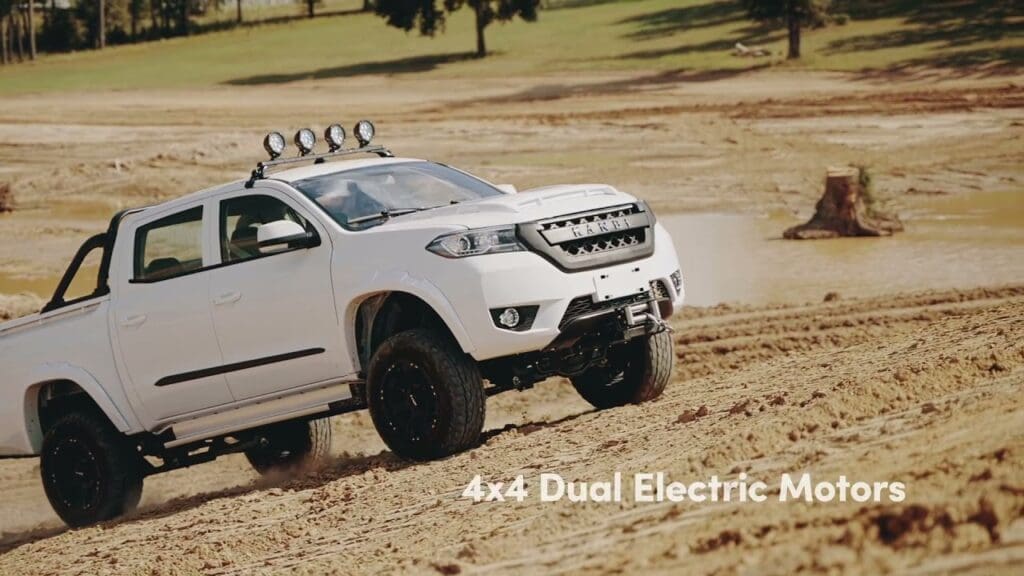Electric Golf Carts vs. Gas-Powered Carts: Which Is Better?
If you’re considering purchasing a golf cart, the first thing to consider is whether to buy a gas vs. electric golf cart. To buy the right type, consider how you’ll use the cart. Golf carts are useful for many purposes beyond the golf course:
- Events
- Recreation areas
- Multi-family residential developments
- University campuses
- Resorts
- Disabled person assistance
Electric Golf Cart: How Does it Work?
Electric golf carts run on rechargeable batteries in a six-pack, usually 36 or 48 volts. The battery cells provide a steady stream of power that runs an electric motor. A speed controller, solenoid, and throttle give you control over the energy that feeds to the cart’s wheels.
Gas Golf Cart: How Does it Work?
A gas voiturette de golf works pretty much like an automobile. It has a tiny gasoline engine with cylinders or combustion chambers, most often four. Each cylinder has a piston, and the pistons connect to a flywheel and clutch.
Depressing or releasing pressure on the gas pedal increases or decreases speed. Gas-powered golf carts have a clutch and manual transmission that help transfer the motor’s power to the wheels.
Electric vs. Gas Comparison
Each golf cart style has its positives and negatives. Electric ones excel in one type of environment, and gas carts are better for other purposes. We highlight some of the differences below.
Price
Many factors figure into the price of a golf cart, but in equivalent models, a gas cart generally costs more than an electric model. Still, if you compare a stripped-down gas model with a custom electric model, the electric model will cost more. Used cart values vary widely according to their condition.
Durability
Electric carts are typically more durable than gas-powered golf carts because they have fewer moving parts. Electric golf carts are very dependable with proper battery maintenance and charging.
Environment
Gas golf carts have more powerful engines and excel in hilly or extreme terrain for camping or hunting. Their gasoline engines tolerate heavier loads, run faster, and refuel more quickly. They run on traditional fuel, so they have a gas smell and produce carbon monoxide emissions like a car.
Electric golf carts are great for paved surfaces and less challenging terrain and generate zero emissions. They’re lighter than gas-powered models, so an electric model is easier to transport.
Performance
A new electric cart can go 20-24 mph and up to 30 mph with performance upgrades. The lighter cart can go faster, but its ability to carry a workload is lower. It can be used indoors because it has no emissions. Electric carts typically don’t have a fuel gauge, so you need to pay attention to charging.
A gas-powered golf cart has a top speed of 18-20 mph, and speed improvements are not available. However, a gas-powered model might be better if you need a cart that can do heavy work outdoors.
How many passengers the cart can carry depends on the model, but it’s usually two to six. The cart’s performance and battery life will vary depending on the weight you carry.
Noise
Electric carts make very little noise and run smoothly, which is a much more pleasant experience on a quiet golf course, in a neighborhood, on a college campus, or out bird watching.
A gas cart generates more movement and noise because of the engine’s actions – pistons moving up and down and the combustion of the gas. A gasoline-powered cart is more appropriate where noise is less of an issue, such as at a large, noisy event.
Maintenance
You’ll get the longest life out of your golf cart if you perform regular golf cart maintenance. Electric golf carts require very little maintenance, just recharging after use, adding distilled water to the batteries, and cleaning the battery terminals. You’ll need to change the batteries every four to six years.
Like your regular vehicle, gas carts need regular oil changes, tune-ups, and replacement parts like a starter, fuel pump, starter belt, or spark plug. You must also remember to fill up with regular gas after use.
Comfort
As you’re considering your golf cart’s comfort, figure in the noise and smell of a gas cart vs. the work your cart will need to do. Golf carts typically do not require seat belts because of their slow speed, and they usually have padded seating, but accessories are also available to make your golf cart more comfortable. You can add an enclosure for inclement weather, beverage holders, stereo equipment, lights, extra seating, and much more.
Final Thoughts
Ultimately, deciding on gas vs. electric golf carts depends on how you use them and what you want in a cart. Do you prefer an electric cart’s quiet, lower maintenance, and environmental friendliness, or do you need gas-powered models’ greater hauling power and ruggedness?
With so many factors to consider, only you can decide. Whatever your cart’s model, remember to check with your state or city to determine speed limits and if it’s street legal.



